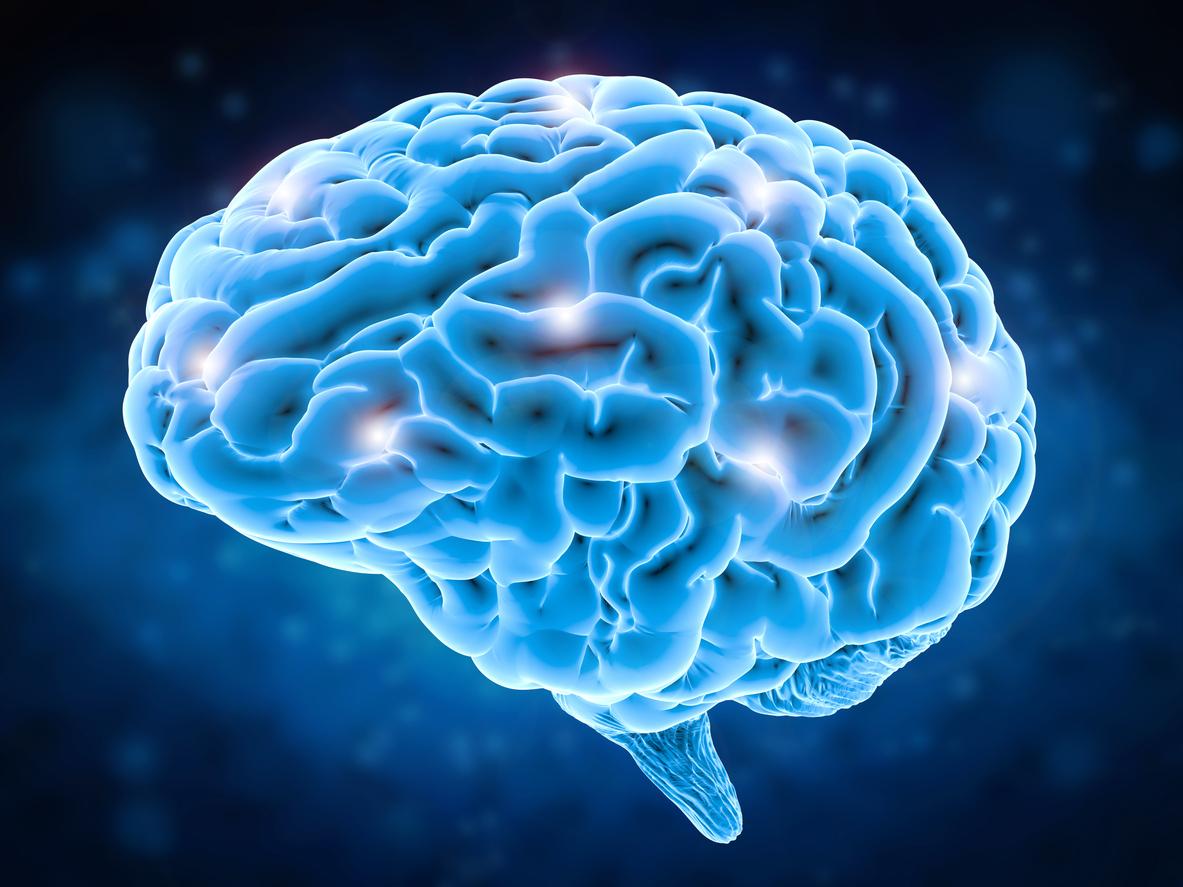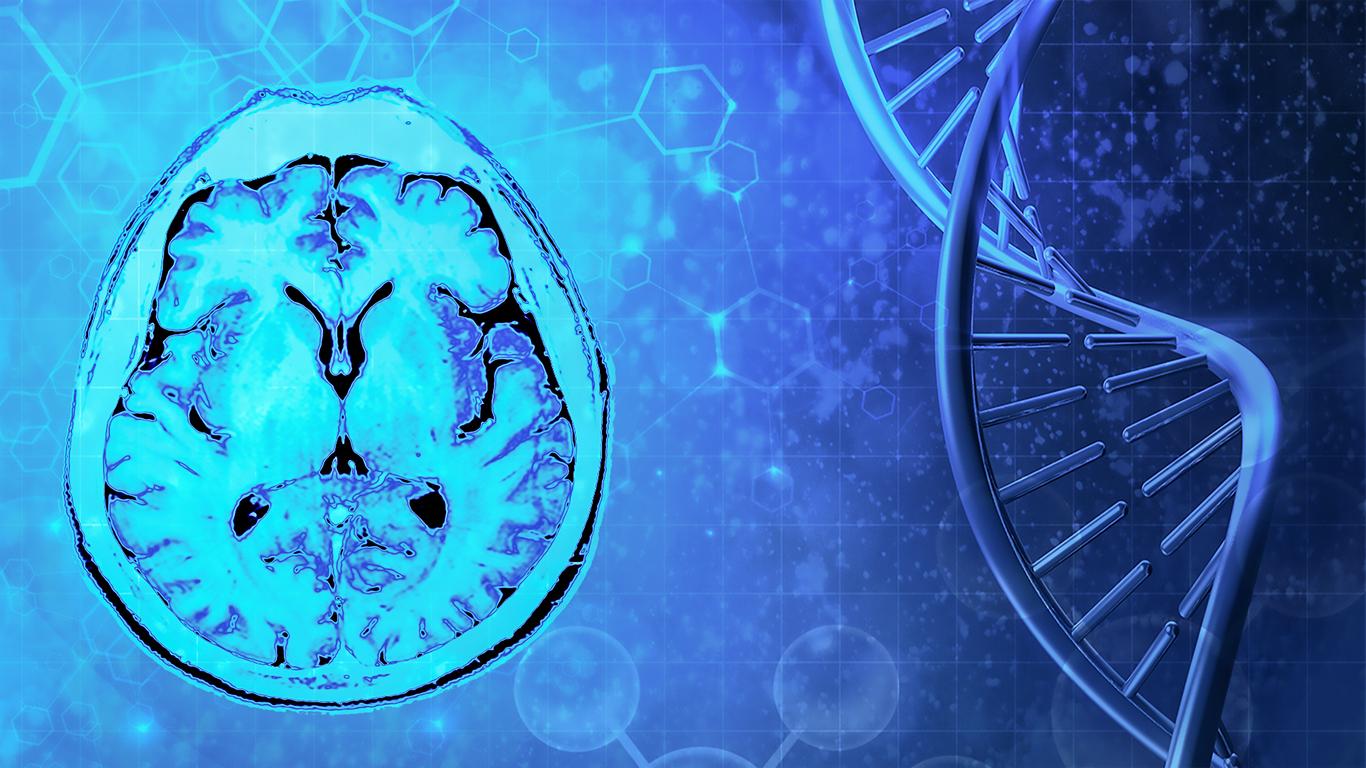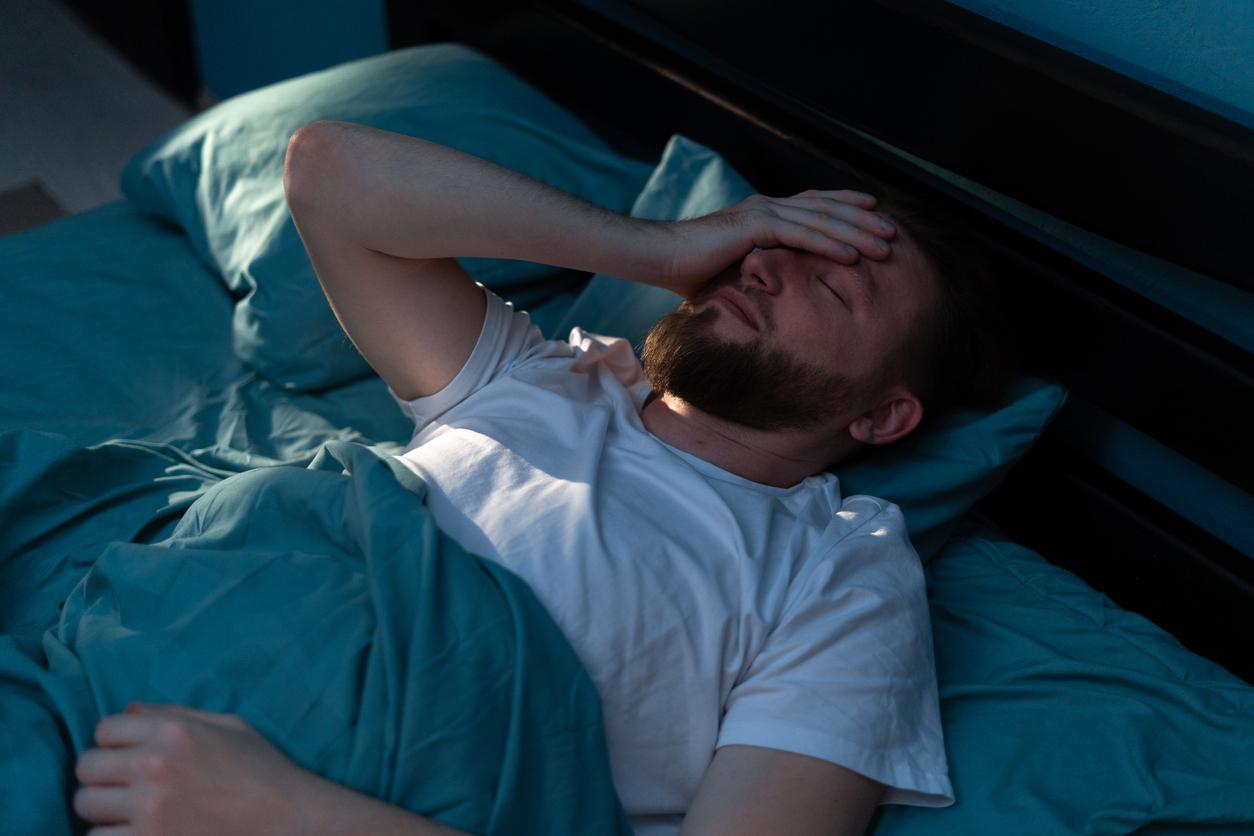Researchers at Stanford University have identified six subtypes of depression through brain imaging and machine learning.

- Researchers have identified 6 subtypes of depression using brain imaging and a machine learning approach.
- They were also able to highlight for some of them the treatments which are more or less likely to work.
- This discovery could help refine the diagnosis of depression as well as its treatment.
Undergoing a functional MRI to refine a diagnosis of depression and identify the best treatment? This could become a reality if we are to believe work, led by Stanford researchers and presented in the journal Nature Medicine.
Using brain imaging, the team identified six subtypes, or “biotypes,” of depression and treatments that are more or less likely to work for three of them.
Depression: various disturbances in brain function
About 30% of people with depression do not respond to treatment. To try to understand the origin of this phenomenon, the team gathered 801 participants who had already been diagnosed with this mental disorder. Their brain activity was measured – using functional MRI – while they were at rest, but also when they were engaged in different tasks. The scientists focused on the regions and connections of the brain, known to play a role in this disease.
“Using a machine learning approach known as cluster analysis to group the patients’ brain images, they identified six distinct patterns of activity in the brain regions studied“, explains the press release from their establishment.
Participants were randomly assigned to receive one of three commonly used antidepressants for depression or to receive behavioral talk therapy.
Patients with the subtype characterized by hyperactivity in cognitive regions of the brain showed the best response to the antidepressant venlafaxine (commonly known as Effexor) compared with those with other biotypes. Patients with a subtype in which the resting brain displays higher levels of activity in three regions associated with depression and problem solving saw their symptoms improve with therapy.
A third subtype, characterized by lower resting activity levels in the brain’s attention circuit, was less likely to see symptoms improve with talk therapy compared with other biotypes.
A discovery that may improve treatment of depression
The researchers also noted that biotypes were correlated with different symptoms and task performance. For example, patients with overactive cognitive regions had higher levels of anhedonia (inability to feel pleasure) than people with other biotypes of depression. They also performed worse on executive function tasks.
The team says that one of the six biotypes discovered showed no notable difference in brain activity in the regions studied compared to the activity of mentally healthy people. Professor Leanne Williams suggests that the activity could be located in a region that was not studied. Indeed, the analyses focused on regions known to be involved in depression and anxiety, “There could be other types of dysfunction in this biotype that their imaging didn’t capture“, acknowledges the expert who plans to continue her work to test more patients and treatments.
“To our knowledge, this is the first time that we have been able to demonstrate that depression can be explained by different disturbances in brain functioning.”explains Professor Leanne Williams, author of the study. “Essentially, this is a demonstration of a personalized medicine approach to mental health based on objective measures of brain function.”
“To truly move the field toward precision psychiatry, we need to identify the treatments most likely to be effective for patients and get them on treatment as soon as possible.”adds Dr Jun Ma who participated in the research. “Having information about their brain function, particularly the validated signatures we assessed in this study, would help inform more precise treatment and prescriptions for individuals.”


















